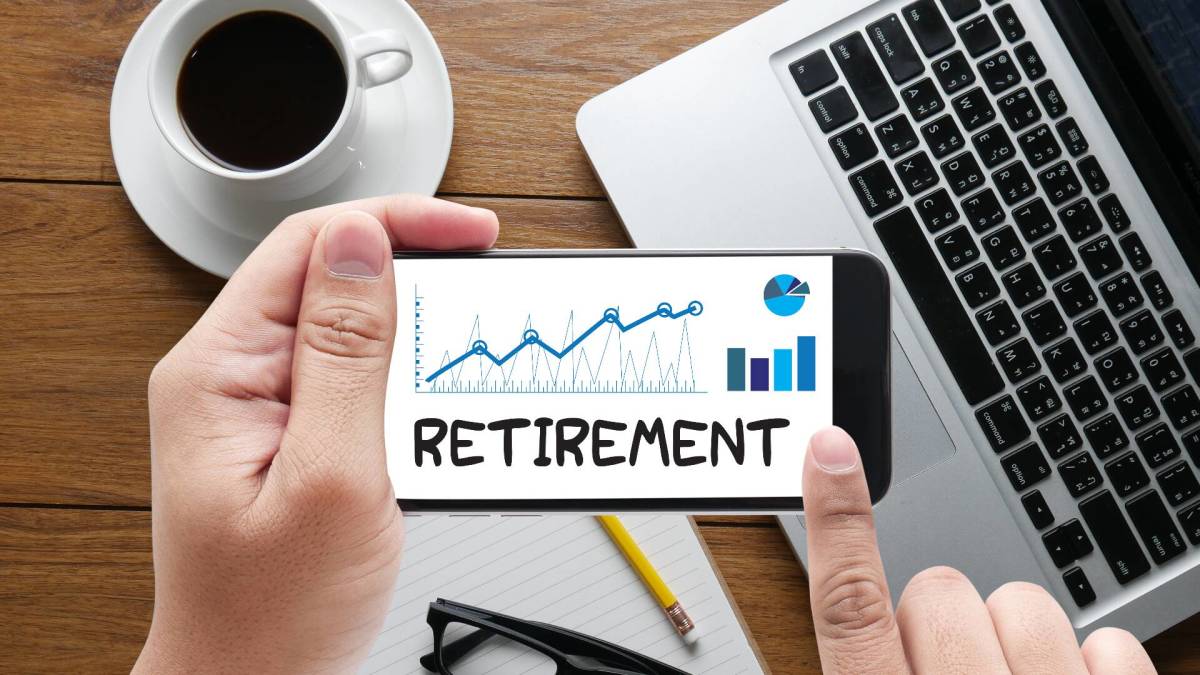
Retirees often rely on fixed-income sources such as pensions and annuities, which do not account for inflation. Unfortunately, as prices continue to rise, the value of these fixed incomes diminishes.
Though inflation has eased from the highest CPI point of 9.1% in June 2022, it remains around 3%, and prospective retirees are thinking about how to maximize their savings to cover future expenses.
Related: The average American faces one major 401(k) retirement dilemma
There are a few ways to counter the effects of inflation on savings, such as utilizing low-risk options like Treasury Inflation-Protected Securities (TIPS). If held through maturity, their principal value adjusts to reflect changes to the CPI and provides more of a buffer against inflation.
Creating a TIPS ladder, or staggering an allocation of bonds in your portfolio that mature regularly, also helps ensure that investors receive steady, inflation-adjusted returns.
Robert Powell recently gave an exclusive interview to TheStreet at the New York Stock Exchange, in which he outlined the best ways for consumers to plan for inflation in retirement.
Diversify your retirement investments with 'safe' securities
Powell agrees that diversifying your portfolio with low-risk assets that keep pace with inflation is the easiest way to factor in inflationary concerns.
“Inflation is one of the big risks that you'll face in retirement," he said. "One of the few ways that you can mitigate that risk is to make sure that you're investing in equities, which have a history of keeping pace with inflation."
"The other things you might consider would be things like I-bonds, which also keep pace with inflation, and something called Treasury Inflation-protected securities, designed to help people keep pace with inflation and offer a bit more security than equities," Powell added. "So have a mix of investments that are designed to keep pace with inflation.”
More on retirement:
- The average American faces one major 401(k) retirement dilemma
- How your mortgage is key to early retirement
- A few simple tasks can can help you thrive in retirement
Interest rates on I-bonds are adjusted periodically based on inflation rates, and series I-bonds are exempt from local and state taxes. These are low-risk and safe investment options for consumers focused on combating inflation who live in high-tax cities and states.
Powell also recommends curtailing your spending by monitoring your non-essential expenses to help offset inflation risks.

ShutterStock
Make an investment plan and stick to it
While most people know that you should hold and wait out market volatility, it can be easier said than done if you’re worried your future is on the line.
Powell suggests that an investment policy statement will act as the foundation of your portfolio. Having something in writing will help consumers make informed decisions about updating their portfolios instead of reacting to worrisome policy changes and current events.
“If you're saving for retirement, you should have an investment policy statement, a blueprint for your investments," Powell said. "And that blueprint would say, for instance, ‘I plan to invest 60% in stocks, 40% in bonds. And if at any point in time throughout the course of the year, the stocks go up to 65% or they go down to, say, 55% or below, I'm going to rebalance.’”
“And that rebalancing could be because interest rates have gone up, or because the market has crashed or the market has gone up," he continued. "But without that investment policy statement in place, you're sort of just acting, you know, to the whims of the market, to the whims of the election cycle, to the whims of the inflation of the interest rate cycle.”
Related: The average American confronts new 401(k), retirement savings facts
Powell recommends that planning continue through retirement, suggesting that retirees implement a retirement policy statement to help delineate account withdrawals. Having a standard plan in place, along with a best and worst-case scenario, can help retirees plan for the best but expect the worst.
“On the other side, if you're in retirement, you need a retirement policy statement that says, 'This is how I plan to withdraw money. This is how I plan to monitor my withdrawals,'" he explained. "'This is how I plan to monitor my investments. This is how I will adjust my withdrawal rate and how I'll adjust my asset allocation in retirement should x, y, z happen.'”
“You want to have a proactive plan in place," Powell added. "When I'm planning for these circumstances, I like to think about it in three ways, which is to create not just one plan but three plans: a best-case scenario, a worst-case scenario, and a probable-case scenario."
"So at least then you're working with, if I'm outside of, say, one standard deviation of something happening that could be for the better or for the worse, I know what I'm going to do.”
Related: Veteran fund manager picks favorite stocks for 2024







